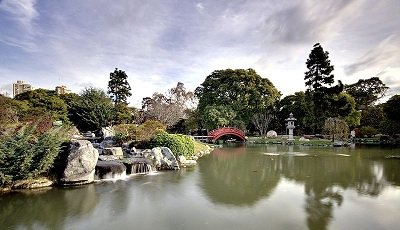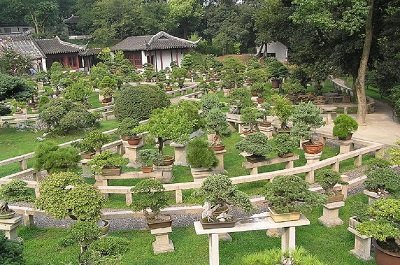Japanese Gardening Style also created an impact on Modern Garden Architecture. All of us know that Japanese people are known for their perfection.
In this article, we are going to discuss the evolution of Japanese Gardens and also study the reasons for which they are renowned as “Perfectionists”….

Japanese Gardens evolved under the influence of distinctive Chinese Gardening Style…. These gardens were developed wherever there was a need for a landmark. For instance, Historical Landmarks such as Buddhist Temples, Shrines and castles.
Later on, Japaneses gardening Style was also employed for making Private Gardens in residences, city Parks or any free space around the residential and commercial complexes that could be used as a garden. They used various landscape elements and developed their typical gardening style.
Japanese not only created Green Gardens but they also designed “Dry Gardens” which are also “Rock Gardens”. The tradition of the Tea Masters Japanese gardens of quite another style, evoking rural simplicity.
